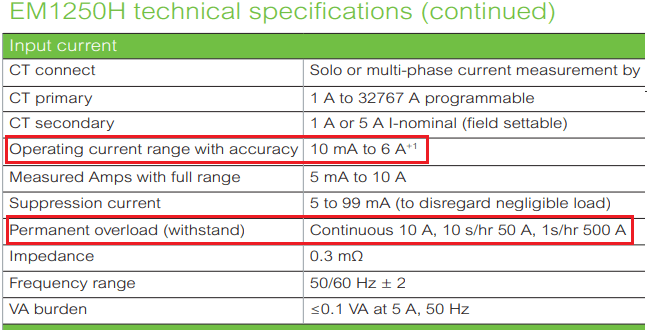Hi,
I have a seemingly simple question, yet its causing some debate in our team. Our client uses equipment's rated currents to determine Substation line bay min. ampacities (breaker, CT, disconnects etc.). In one case, there is a CT with a min. connected ratio of 800:5 which limits the line bay capacity to 800A (S= 191MVA @ 138kV). The winter capacity of the line is expected to increase to ~215MVA for a few weeks and it is determined that the CT ratio needs to be changed to 1200A.
My question is whether the CT primary current ratio really limits the current to 800A? My understanding is that as long as the CT doesn't saturate at 215MVA (~5.63A secondary current), the 800/5 ratio should be okay. CTs are multi-ratio 1200:5 with 2.5L800 (ANSI B8, 200 VA burden) on all cores.
FYI, breakers and switches are rated >1200A. Fault currents are not expected to change significantly.
I have a seemingly simple question, yet its causing some debate in our team. Our client uses equipment's rated currents to determine Substation line bay min. ampacities (breaker, CT, disconnects etc.). In one case, there is a CT with a min. connected ratio of 800:5 which limits the line bay capacity to 800A (S= 191MVA @ 138kV). The winter capacity of the line is expected to increase to ~215MVA for a few weeks and it is determined that the CT ratio needs to be changed to 1200A.
My question is whether the CT primary current ratio really limits the current to 800A? My understanding is that as long as the CT doesn't saturate at 215MVA (~5.63A secondary current), the 800/5 ratio should be okay. CTs are multi-ratio 1200:5 with 2.5L800 (ANSI B8, 200 VA burden) on all cores.
FYI, breakers and switches are rated >1200A. Fault currents are not expected to change significantly.

